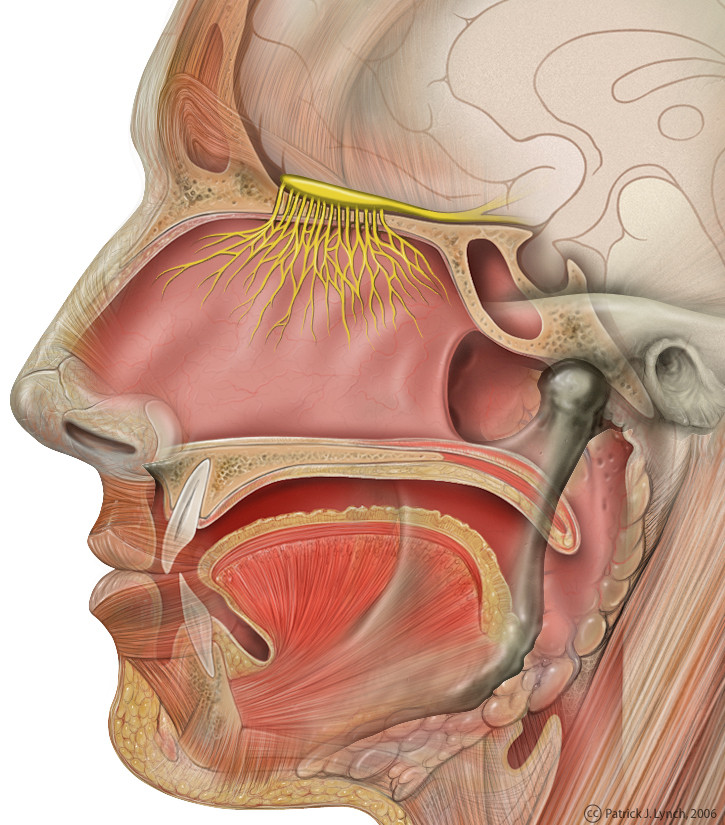I am not sure this question belongs in biology, but I can't find a more suitable stack exchange site, feel free to delete it if this doesn't fit here.
Also, this question is going to be slightly gross, just a warning, but I promise it comes to a point.
I have read that the adenoids have a texture to them but, unlike say the palatine tonsils, they don't have crypts.
Last year my palatine tonsils became fairly badly infected and had to be removed over the summer. Before the surgery, I discovered I could reach back to the tonsils with my tongue, enabling me to remove the tonsil stones that built up. Gross, I know, but I believe it actually did make the infection noticeably better. After the surgery, and after the area had healed, I resumed discovering the back of my throat and, eventually, up the nasal cavity, all the way to the back of the nasal septum, which means I can reach the Eustachian tubes, adenoids, and posterior nares. If that sounds impossible, I assure you, it is perfectly achievable, and only mildly uncomfortable. With my tongue I can feel the texture of the adenoids but, more toward the posterior nares, this texture changes and resembles folds or crypts like I remember the texture of the palatine tonsils. Three times, always in the morning after waking up, I have discovered debris in this region strongly resembling tonsil stones but green instead of off white. The mucus, however, is always clear.
My question has several parts:
- What are these crypts? Are they even crypts at all? Are they part of the adenoids?
- Why can I not find mention to these structures in any diagrams or medical articles?
- Why can I not find mention to tonsil stone like debris except in the palatine tonsils? I am quite convinced that, if these are not tonsil stones of a sort, they are closely related.
The proportions of diagrams and cross sections of the nasal cavity all seem wildly different. Some of them are just blatantly wrong, depicting, for example, the Eustachian tubes coming from the roof of the nasal cavity instead of the sides. It has been very difficult to find good information on any of this. I am not even sure if I am referring to the region correctly. By nasal cavity, I mean everything between the back of the throat and the posterior nares, although I am aware the nasal cavity includes the region all the way up to the anterior nares as well.
This is the only picture I can find that shows the nasal septum.

This is a better diagram of the rest of the structures. The pharyngeal tonsils are the adenoids.

